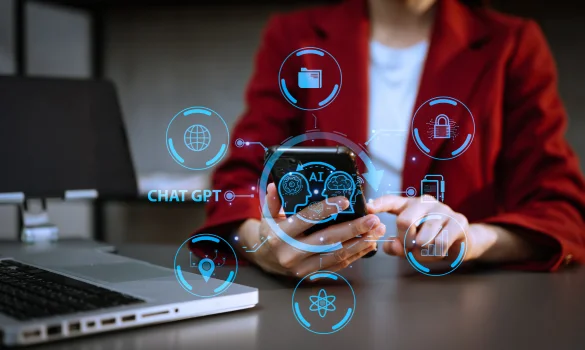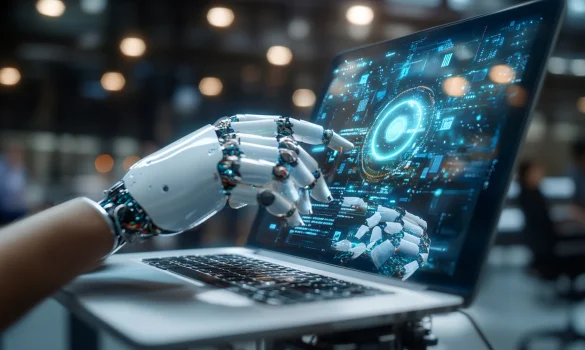In the era of artificial intelligence, computers are becoming increasingly capable of interpreting and understanding visual data. Computer vision, a subfield of AI, enables machines to process, analyze, and make decisions based on images and videos. From facial recognition to self-driving cars, computer vision is revolutionizing industries and enhancing automation like never before.
What is Computer Vision?
Computer vision is a branch of AI that focuses on enabling machines to interpret and process visual information, similar to how humans perceive images and objects. By using deep learning, machine learning, and image processing techniques, computer vision allows computers to extract meaningful insights from digital media.
Techniques in Computer Vision
Several techniques are used in computer vision to process and analyze visual data effectively:
Image Processing
Techniques such as filtering, edge detection, and noise reduction are used to enhance image quality before further analysis.
Feature Extraction
Key visual features such as edges, textures, and shapes are identified to help in object recognition and classification.
Object Detection and Recognition
Deep learning models such as Convolutional Neural Networks (CNNs) are used to detect and classify objects in images and videos.
Image Segmentation
Dividing an image into meaningful regions to isolate objects of interest for better analysis.
3D Computer Vision
Techniques such as depth estimation and stereo vision allow machines to perceive and interpret three-dimensional objects.
Operational Mechanics of Computer Vision
Computer vision involves several key processes that enable machines to recognize and analyze images:
Image Acquisition
The first step in computer vision involves capturing images or video using cameras, sensors, or other imaging devices.
Preprocessing
Raw images are enhanced or modified to improve clarity. Techniques like noise reduction, resizing, and contrast adjustments are applied.
Feature Extraction
Algorithms identify important elements in an image, such as edges, shapes, colors, and textures, to distinguish objects.
Object Detection & Recognition
Deep learning models classify and recognize objects within an image. This is commonly used in applications like facial recognition and autonomous vehicles.
Decision Making
Based on the processed data, the system makes decisions, such as identifying anomalies in a medical scan or detecting obstacles in a self-driving car.
Applications of Computer Vision
Healthcare
- Medical imaging analysis (X-rays, MRIs, CT scans)
- Disease diagnosis and anomaly detection
- Monitoring patient vitals through video analysis
Automotive Industry
- Self-driving cars using object detection and lane recognition
- Driver monitoring systems for fatigue detection
- Traffic surveillance and accident prevention
Security & Surveillance
- Facial recognition for access control
- Intruder detection and anomaly detection
- License plate recognition
Technologies Behind Computer Vision
- Deep Learning & Neural Networks Convolutional Neural Networks (CNNs) are widely used for image recognition tasks.
- OpenCV An open-source computer vision library with pre-built tools for image processing.
- TensorFlow & PyTorch Popular frameworks for developing AI-driven vision applications.
- Image Segmentation Algorithms Used to separate objects from backgrounds in an image.





